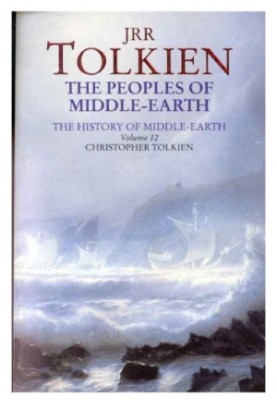The Peoples Of Middle-Earth
 Instant download
Instant download
after payment (24/7)
 Wide range of formats
Wide range of formats
(for all gadgets)
 Full book
Full book
(including for Apple and Android)
When J.R.R. Tolkien laid asideThe Silmarillionin 1937 the extension of the originall 'mythology' into later Ages of the world had scarcely begun. It was in the Appendices toThe Lord of the Ringsthat there emerged a comprehensive historical structure and chronology of the Second and Third Ages, embracing all the diverse strands that came together in the War of the Ring. The difficulty that he found in providing these Appendices, leading to the delay in the publication ofThe Return of the King, is well known, but inThe Peoples of Middle-earthChristopher Tolkien shows that early forms of these works already existed years before, in essays and records differing greatly from the published forms. He traces the evolution of the Calendars, the Hobbit genealogies, the Westron language or Common Speach (from which many words and names are recorded that were afterwards lost), and the chronological structure of the later Ages.Other writings by J.R.R. Tolkien are included in this final volume ofThe History of MIddle-earth, chiefly deriving from his last years, when new insights and new constructions still freely arose as he pondered the history that he had created. This book concludes with two soon-abandoned stories, both unique in the setting of time and place:The New Shadowin Gondor of the Fourth Age, and the tale ofTal-elmar, in which the coming of the dreaded Númenórean ships is seen through the eyes of men of Middle-earth in the Dark Years.
LF/239997652/R
Data sheet
- Name of the Author
- J R R
Tolkien - Language
- English
- Series
- The History of Middle-Earth
- ISBN
- 9780261103481
- Release date
- 2010
- Volume
- 12








